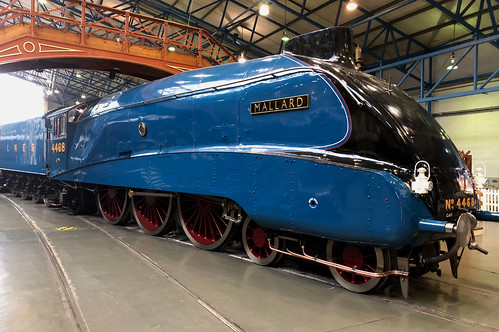Omes. The researcher contacted the 10 purposively selected individuals who met the inclusion criteria to acquire their consent and willingness to participate in the study. The initial patient who was contacted, and met the inclusion criteria, and agreed to participate in the study was recruited. To get 10 various participants, other individuals were contacted, and those with distinctive traits under consideration had been recruited. All contacted subjects agreed to take aspect in the study and have been willing and appreciative with the chance to relate their experiences. A hassle-free time and location were determined for the patient interviews, PubMed ID:http://www.ncbi.nlm.nih.gov/pubmed/21325470 which lasted on average fifty minutes. The interviews had been also carried out in private rooms exactly where the participants had no fear of becoming overheard by other individuals. The rooms exactly where the interviews have been carried out were assessed prior tocommencing to make sure fantastic high-quality recordings , without probable interruptions and distractions. In-depth face-to-face interviews in Kinyarwanda had been applied to provide descriptions on the informants’ challenges. All interviews have been carried out by a researcher. The interviews had been guided; an interview guide was developed on basis in the study objectives, the literature, with each other using the researchers’ experiences. This interview guide was translated from English to Kinyarwanda as the participants were more Ogerin price fluent in Kinyarwanda. Within this frame, the structure with the interviews was designed to be totally free and open. The relevance, acceptability and clarity in the concerns were regularly considered through the conduct on the interviews. Throughout purposeful conversations, info was sought from sufferers on their environmental challenges skilled. The interviews started having a `grand tour’ query to set the tone from the interview, and to let the participants decide what was essential for them to inform about barriers although living using a long-standing disability24. Hence, participants had been asked to tell the story of their stroke as well as the way it had affected their lives, beginning with all the question: “Please tell me about any issues you will be possessing since you got stroke”. The remainder in the interview guide consisted of a series of guided probes that endeavored to receive an in-depth description with the environmental challenges knowledgeable. All inter views have been audiotape-recorded, and also the analysis assistant took field notes. Information evaluation The  tape-recorded interviews in Kinyarwanda have been transcribed in full by the researcher. A trained, multilingual translator translated the transcriptions into English plus the researcher analyzed these transcriptions to determine the principle patterns of responses, consistencies and divergences across participants25. Popular concepts have been coded as recommended by Miles and Huberman26, generating themes that have been then classified into big themes and sub-themes27. Two weeks immediately after the initial coding, an additional separate coding was carried out as well as the generated sub-themes and themes in the second coding had been then compared using the initial coding. This led to additional refinements, generating sub-themes and themes that have been interpreted for the which means of the content. The environmental barriers expressed by the participants were grouped into 3 key themes that are social, attitudinal and physicalAfrican Health Sciences Vol 11 No three Septemberenvironmental barriers as conceptualized within the International Classification of Functioning, Disability and Overall health (ICF) 28. Ethical Consideration.
tape-recorded interviews in Kinyarwanda have been transcribed in full by the researcher. A trained, multilingual translator translated the transcriptions into English plus the researcher analyzed these transcriptions to determine the principle patterns of responses, consistencies and divergences across participants25. Popular concepts have been coded as recommended by Miles and Huberman26, generating themes that have been then classified into big themes and sub-themes27. Two weeks immediately after the initial coding, an additional separate coding was carried out as well as the generated sub-themes and themes in the second coding had been then compared using the initial coding. This led to additional refinements, generating sub-themes and themes that have been interpreted for the which means of the content. The environmental barriers expressed by the participants were grouped into 3 key themes that are social, attitudinal and physicalAfrican Health Sciences Vol 11 No three Septemberenvironmental barriers as conceptualized within the International Classification of Functioning, Disability and Overall health (ICF) 28. Ethical Consideration.
M2 ion-channel m2ion-channel.com
Just another WordPress site
